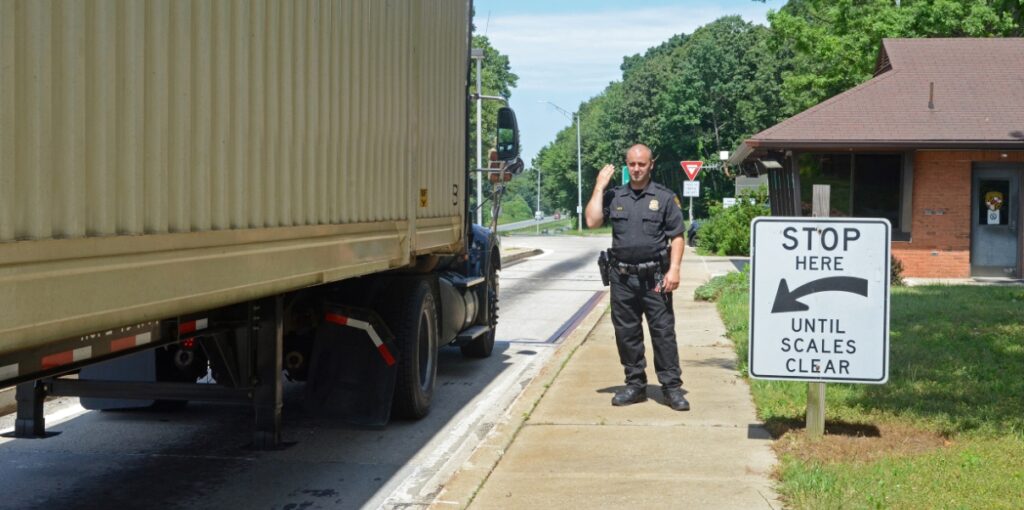The year is coming to an end, so the clock is ticking on a few things you can do to take advantage of the new tax laws and pay less in 2018.
There are several ways carriers and owner-operators can lower the amount they owe to Uncle Sam, but below are the six things you can get started today.
Visit ATBS for an in-depth look at how to save on your tax bill.

1. Buy assets – ONLY if you need them
If you need a new truck or piece of equipment, consider purchasing it before the year ends to take advantage of the new depreciation rules. They allow you to take an immediate, first-year deduction of 100% of the cost of the equipment.
But, before you go out and make a big purchase, there are a few things to consider.
- Don’t buy equipment unless it will help your business to make more money.
- A higher deduction now means you will likely have a lower deduction in the future. If your business is growing, this can cause problems when you move into a higher tax bracket.
- If the truck is sold for more than the purchase price, then any excess depreciation that was deducted on the prior year’s returns could be considered taxable income.
2. Calculate your per diem deduction
Per diem is the tax deduction for meals and incidental expenses when you are away from home. It applies if you’re gone for a period of time that requires sleep or rest to complete your job. This deduction was eliminated for company drivers under the Tax Cuts and Jobs Act (TCJA) but it’s still a deductible business expense for owner-operators.
The per diem deduction between January 1 and September 30 is $50.40 for each day. The deduction between October 1 and December 31 is $52.80.
Click here to get a better understanding of per diem deductions.
3. Calculate your qualified business income deduction
This is a 20% deduction on your adjusted gross, created to improve the benefits of pass-through entities who didn’t receive the significant tax cuts that were given to C corporations and W2 employees. As an owner-operator, chances are you will qualify for this deduction, as all self-employed individuals are now considered pass-through entities.
4. Consider organizing as an S-Corporation
If your business consistently exceeds a net earning of $70,000 – $75,000 per year, then you should consider filing as an LLC or S-Corporation. At that point, the tax savings will be greater than the costs to set up and run the corporation.
5. Catch up on quarterly tax estimates
If you have not been paying your quarterly estimated tax payments, it would be a good idea to make a larger than normal Q4 payment. This will help pay any existing tax liability due when you file your 2018 tax return and help you to avoid penalties for not paying enough taxes during the year. The Q4 estimated tax payment is due January 15, 2019.
6. Make an Individual Retirement Account (IRA) contribution
Contributions that you make towards a traditional IRA are considered tax deductible. You can contribute up to $5,500 per year across all IRAs in your name, and if you are over the age of 50, you can make an additional $1,000 contribution for a total of $6,500 per year. These contributions have to be made before April 15, 2019.
Additional retirement plans you can contribute to include a simplified employee plan (SEP) or a savings incentive match plan for employees (SIMPLE). ATBS can walk you through each scenario above to make sure your 2018 taxes are filed correctly. Give them a call at 866-920-2827 to get started.
ATBS is the largest tax and accounting firm for owner-operator truck drivers.


